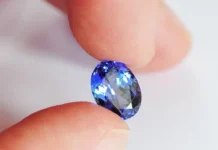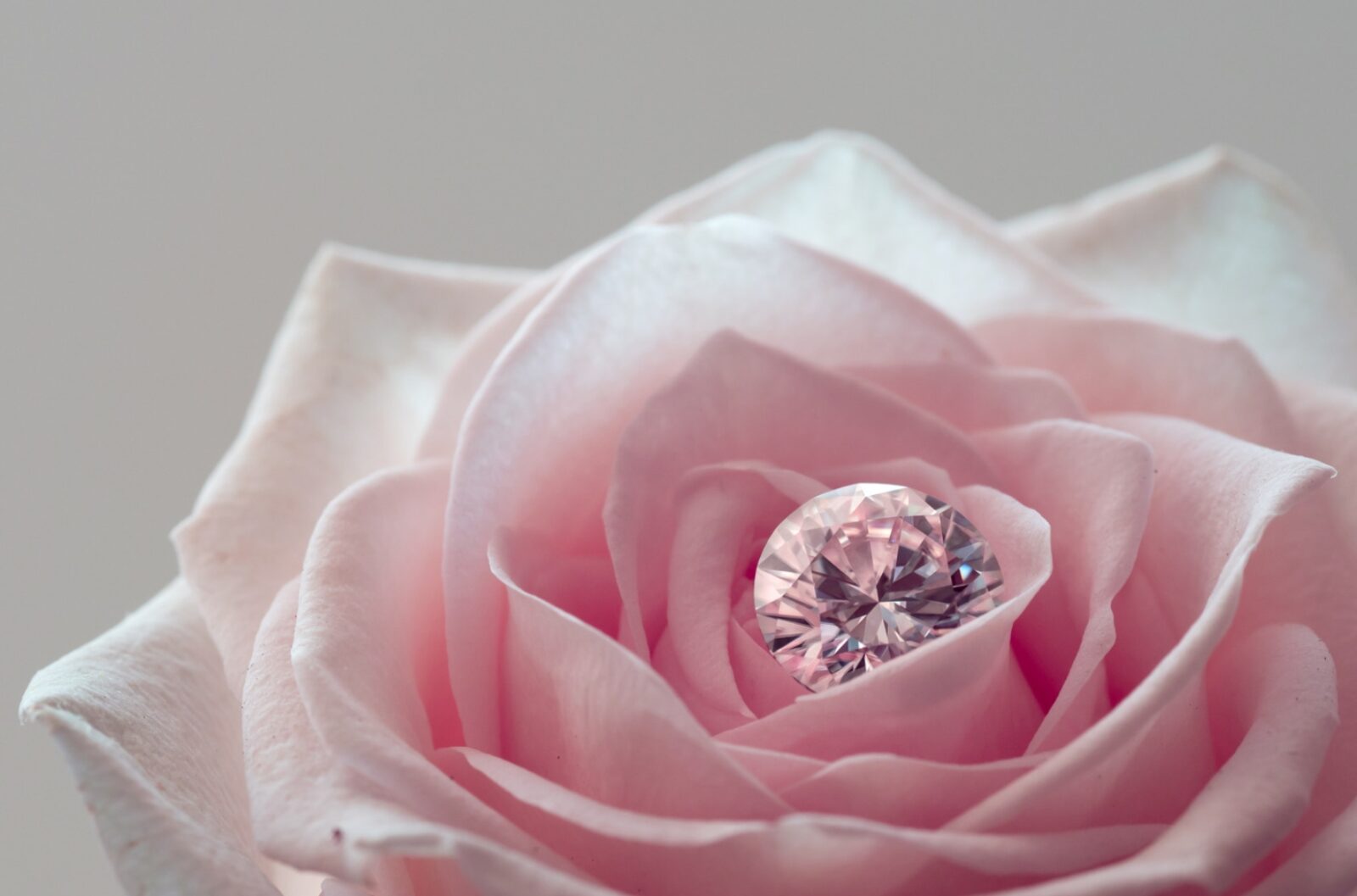
Diamonds have always been a symbol of luxury, prestige, and glamor. However, the traditional process of diamond mining has been marred with controversies over the years, ranging from environmental degradation to unethical labor practices. The emergence of lab-grown diamonds is transforming the industry by providing an ethical, eco-friendly, and affordable alternative to traditional ones. In this blog post, we will explore how lab-grown diamonds are changing the industry forever, from their environmental benefits to the impact on traditional mining.
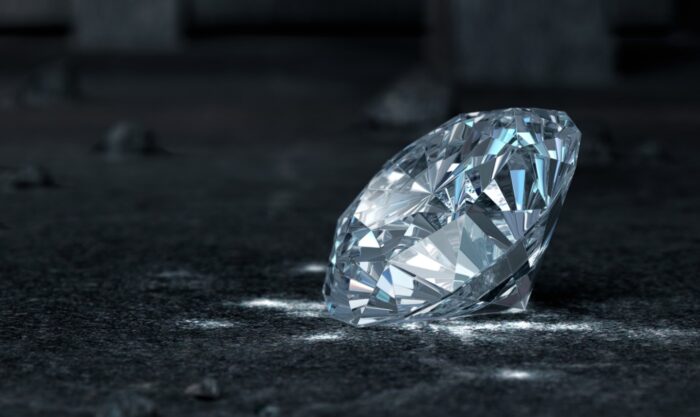
Introduction to Lab-Grown Diamonds
Lab-grown diamonds are created in a laboratory setting that mimic the natural diamond formation process. They have the same chemical composition, physical, and optical properties as mined ones, making it difficult for the untrained eye to distinguish between them. They are created using two main methods: High-Pressure High-Temperature (HPHT) and Chemical Vapor Deposition (CVD).
Comparison Between Mined and Lab-Grown Diamonds
One of the most significant differences between mined and lab-grown diamonds is the cost. Mined ones are expensive, primarily because of the high cost of mining and transportation. Lab-grown ones, on the other hand, are much more affordable, with prices ranging from 20-40% lower than mined ones. This affordability has made them increasingly popular among consumers looking for more affordable and ethical alternatives.
Another difference between these two is their environmental impact. Traditional mining is notorious for its environmental degradation, with mining activities leading to soil erosion, deforestation, and water pollution. Lab-grown diamonds, however, have a much lower environmental impact since they are grown in a laboratory setting and do not require mining.
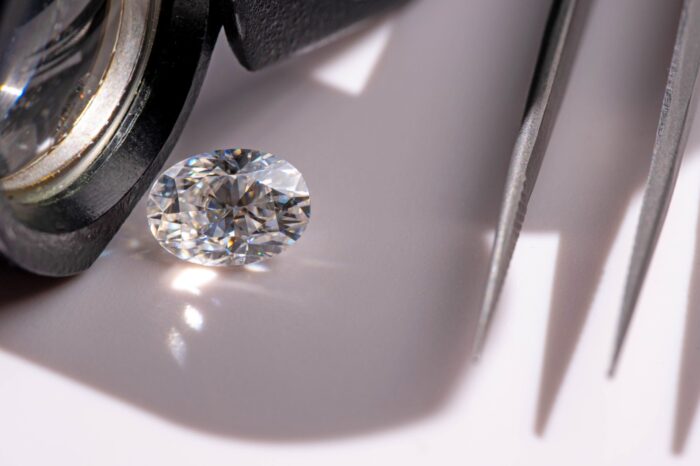
Increasing Popularity of Lab-Grown Diamonds
The popularity of lab-grown diamonds has been on the rise in recent years, with consumers increasingly embracing the ethical and eco-friendly alternative to traditional ones. The demand for them is particularly high among millennials, who are more environmentally conscious and socially responsible than previous generations.
Their growing popularity is also due to the fact that consumers are becoming more aware of the ethical and environmental issues associated with traditional mining. As consumers become more informed, they are demanding more transparency and ethical practices from the diamond industry, leading to a shift towards lab-grown ones.
Their popularity is also reflected in the market, with the lab-grown diamond market projected to grow significantly in the coming years. According to a report by Mordor Intelligence, this market is expected to grow at a CAGR of 7.8% by 2026.
Lab-Grown Diamonds’ Impact on Traditional Diamond Mining Industry
The emergence of lab-grown diamonds has had a significant impact on the traditional mining industry. With their rise in popularity, the demand for mined ones has decreased, leading to a decline in prices. As a result, many companies are struggling to remain profitable, with some even being forced to close their operations.
However, some companies have recognized the potential of lab-grown diamonds. For example, De Beers, one of the world’s largest diamond mining companies, launched its lab-grown brand, Lightbox Jewelry, in 2018.
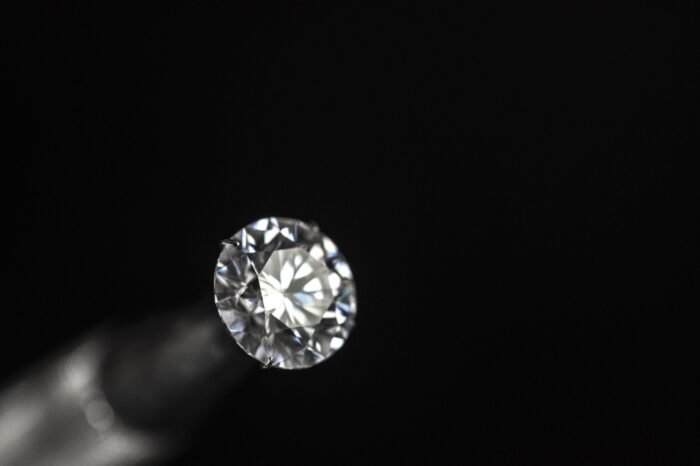
Ethics and Social Responsibility in the Diamond Industry
The diamond industry has been plagued with ethical issues for many years, with reports of human rights violations and environmental degradation in mining communities. Lab-grown diamonds provide an ethical alternative to traditional ones, as they do not contribute to these issues.
In addition, they are generally produced in facilities that provide better working conditions for employees, including fair wages and safe working environments. As a result, consumers can be confident that they are purchasing an ethical and socially responsible product when they choose them.
How to Buy Lab-Grown Diamonds
Buying lab-grown diamonds is similar to buying mined ones. When purchasing them, it is essential to look for reputable sellers who provide certification from reputable gemological laboratories. The certification should indicate that the diamond is a lab-grown one and provide information on its quality, including its carat weight, color, and clarity.
Lab-grown ones are becoming more widely available, with many jewelry retailers now offering these options. Lab diamonds UK brands are offering a wide selection of high-quality lab-grown diamonds.
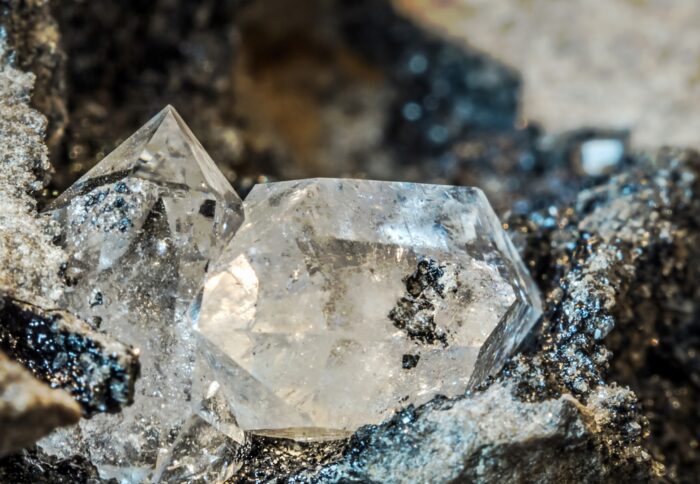
Future Outlook for Lab-Grown Diamonds in the Jewelry Industry
The future looks bright for lab-grown diamonds in the jewelry industry. As more consumers become aware of their ethical and environmental benefits, the demand for them is expected to continue to grow. Additionally, the advancements in technology and the increasing number of companies investing in this industry are expected to lead to improvements in the quality and affordability of lab-grown diamonds.
In conclusion, lab-grown diamonds are changing the industry forever. They provide an eco-friendly, ethical, and affordable alternative to traditional ones, and their popularity is on the rise. As consumers become more aware of their benefits, they are choosing them over traditional ones, leading to a shift in the market. The impact of lab-grown diamonds on the traditional mining industry is significant, with some companies struggling to remain profitable in the face of declining demand for mined ones. However, they also offer opportunities for traditional mining companies to diversify their offerings and remain competitive in the market.
The production process for lab-grown diamonds is complex but is becoming more efficient and cost-effective as technology improves. Consumers can purchase them in the same way they purchase traditional ones, with certification from reputable gemological laboratories providing assurance of its quality and origin.
As the demand for them continues to grow, the future outlook for the lab-grown diamond industry is positive. With advancements in technology and increasing consumer demand, they are set to become a significant player in the jewelry industry. The trend towards eco-friendliness and social responsibility is unlikely to reverse, meaning they will continue to attract a wider audience.
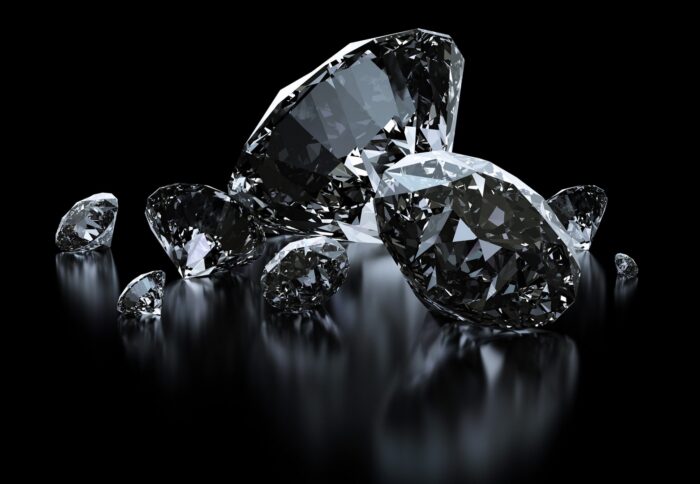
All in All
Overall, lab-grown diamonds offer a compelling alternative to traditional ones, with their affordability, ethical and environmental benefits, and increasing popularity. As consumers become more informed about the issues surrounding mining, lab-grown diamonds will undoubtedly play an essential role in shaping the future of the industry.

